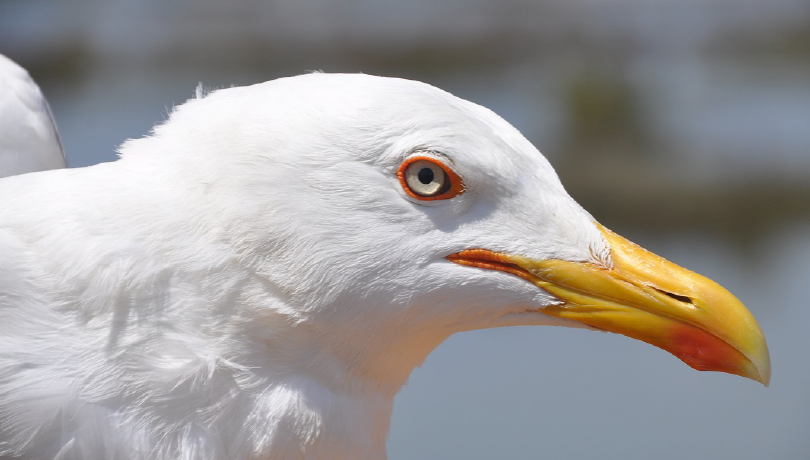The yellow-legged gull is an opportunistic species able to adapt to human activities and take advantage of its food resources throughout the year.

- The study analysed the movement of thirty gulls that nest in the Marismas del Odiel Natural Site (Huelva, Spain). The individuals were marked with GPS devices and their location was obtained every five minutes during one year.
- The yellow-legged gull is an opportunistic species with a high adaptability; able to adapt to human activities and take advantage of its food resources throughout the year.
A team from the Institut de Ciències del Mar (ICM) and the Biological Station of Doñana (EBD), both centres from the Spanish National Research Council (CSIC), together with scientists from the University of Barcelona (UB), have verified the high capacity of the yellow-legged gull (Larus michahellis) to adapt to human activities throughout the year. This research is part of a Talent-Hub project, funded by the Agencia Andaluza del Conocimiento. The study has been published in the journal Ecology and Evolution.
The animals were marked with remote monitoring devices (GPS) attached to their back. This technique allowed the team to obtain a detailed map of their movements spatially and temporally. Specifically, the study was based on the data offered by some thirty individuals who nest in the Marismas del Odiel Natural Area, Huelva. Seagulls were monitored every five minutes throughout a year, from the breeding period and throughout the winter season, until the next breeding season. The exact location of each of the individuals permitted to identify their use of the territory and what relationship they had with human activity.
The study compares the precise location of the gulls with the information of human land occupation obtained in high-resolution databases. Satellite information was also taken into account to quantify the intensity of artificial night lights. This last information was used to relate the gulls exploited habitats with the activity near urban areas.
The results revealed a close relationship between the spatial distribution of gulls and human resources throughout the year. Francisco Ramírez, researcher at the UB and now ICM-CSIC, and main author of the study, points out that “the preferences in the use of habitats by gulls changed throughout the annual cycle, possibly as a response to the different restrictions that they suffer throughout their phenological cycle: physiological restrictions due to the differences in the energy demand of each period, and also temporary restrictions resulting from fluctuations in the availability of food resources. The great adaptability of this species allows them to modify their feeding habits and the exploitation of different habitats to manage both limitations”.
The research adds that the wide distribution of this species, which occupies cross-border areas of Spain, Portugal or Morocco during their annual cycle, highlights the need for international coordinated efforts to restrict the availability of food resources of human origin to manage this species.
"Knowing the behavior patterns throughout the year in opportunistic and widely distributed species, such as the yellow-legged gull, is important in order to evaluate the possible impacts that these species may have on ecosystems," concluded Ramírez.
__
Communicatino from the CSIC delegation in Andalucia